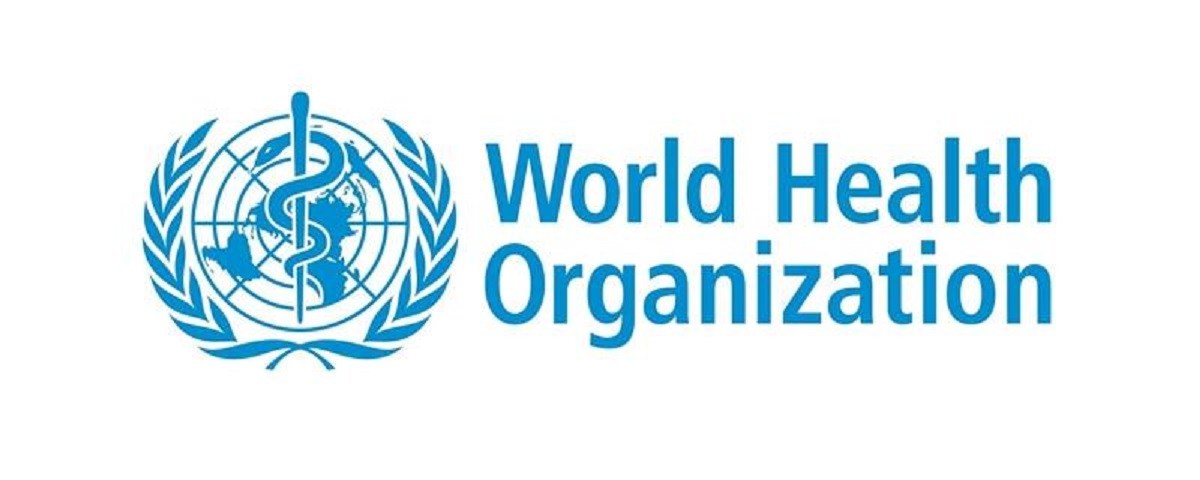The team arrived at Huanan amid heavy security, with additional barricades set up outside a high blue fence surrounding the market, and left in a convoy after about one hour. The experts did not take questions from journalists.
Since being released from a two-week quarantine on Thursday, the team has visited hospitals and markets, as well as an exhibition commemorating Wuhan’s battle with the virus, which included a 76-day lockdown of the city of 11 million.
“Very important site visits today – a wholesale market first & Huanan Seafood Market just now. Very informative & critical for our joint teams to understand the epidemiology of COVID as it started to spread at the end of 2019,” team member Peter Daszak said on Twitter.
The WHO, which has sought to manage expectations for the mission, said on Friday that team members would be limited to visits organised by their Chinese hosts and would not have any contact with community members, due to health restrictions.
No full itinerary for the team’s two weeks of field work has been announced, and journalists covering the tightly controlled visit have been kept at a distance from team members.
Public access to the sprawling Huanan Seafood Wholesale Market has been restricted since it was shut at the beginning of last year.
Before its closure, the market bustled with hundreds of stalls divided into sections for meat, seafood and vegetables. Now it stands as a landmark in a city that was traumatised as the original epi-centre of what became the pandemic.
On Dec. 31, 2019, after four cases of a mystery pneumonia were linked to the market, it was shuttered overnight. By the end of January, Wuhan had gone into a 76-day lockdown.
The WHO-led probe in Wuhan has been plagued by delays, concern over access and bickering between China and the United States, which accused China of hiding the extent of the initial outbreak and criticised the terms of the visit, under which Chinese experts conducted the first phase of research.
The origins of the virus have become highly politicised, and some Chinese diplomats and state media have thrown support behind theories that the virus potentially originated in another country.
The team had been set to arrive in Wuhan earlier in January, and China’s delay of their visit drew rare public criticism from the head of the WHO, which then-U.S. President Donald Trump accused of being “China-centric”.







